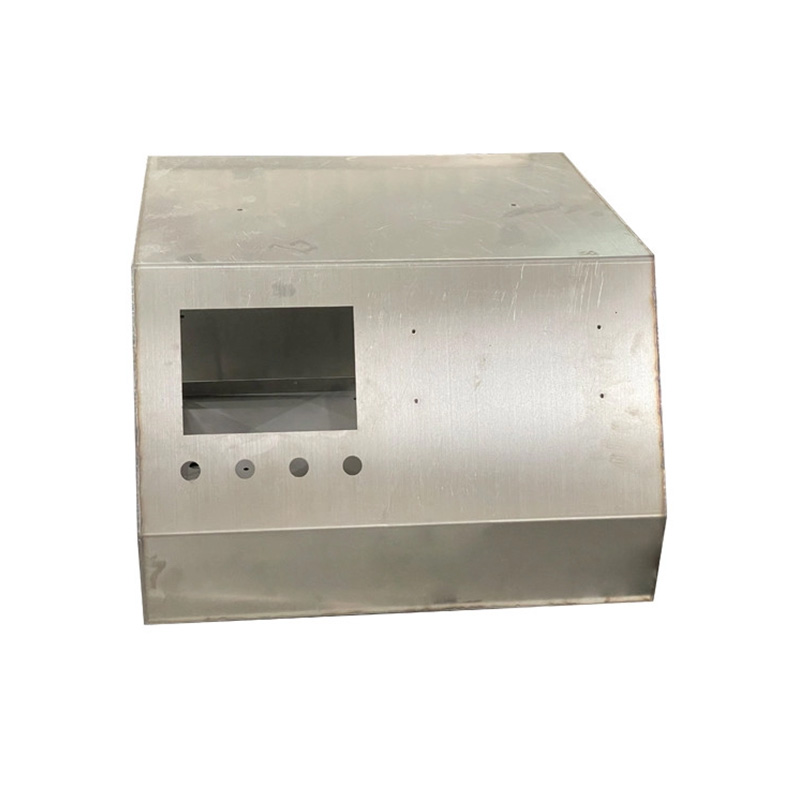Sheet Metal Enclosure Design Services: Amazing Custom Solutions

Why Standard Boxes Fail Your Custom Needs
Ever tried squeezing complex electronics into an off-the-shelf enclosure? You know the pain. Heat buildup, awkward cable routing, or mounting headaches. That’s where professional sheet metal enclosure design services shine. They transform generic shells into precision-fit solutions. Think about medical devices needing EMI shielding or outdoor gear requiring IP67 protection. Standard boxes rarely cut it.
Key Challenges & How Expert Design Crushes Them
Designing enclosures isn’t just folding metal. It’s balancing strength, manufacturability, and cost. A 2023 industry report showed 42% of prototype failures stem from poor enclosure design (DesignNews). Common issues? Weak bends causing flex, inefficient nesting increasing material waste, or ignoring tool clearance. Our team tackled this in a 2025 IoT sensor project. We reduced part count by 30% using smart tab-and-slot designs.
Material Matters: Choosing Your Metal
Not all metals behave alike! Aluminum’s great for lightweight needs, while stainless steel rules corrosive environments. Sheet metal enclosure design services analyze your use case. For example, chassis for vibration-heavy machinery need thicker gauge steel. Custom metal enclosures demand this expertise.
| Factor | Traditional Design | Optimized Design |
|---|---|---|
| Material Waste | Up to 20% | < 8% (via nesting software) |
| Assembly Time | High (multiple fasteners) | Low (self-locking features) |
| Thermal Management | Passive vents only | Integrated heat sinks + airflow paths |
Your 5-Step Blueprint to Success
Ready to design a winning enclosure? Follow this:
- Define Requirements: List environmental specs (IP rating, temp range), internal components, and mounting needs.
- Material & Finish Selection: Choose metal type/thickness and coating (e.g., powder coat for durability).
- CAD Modeling & DFM Check: Model in software like SolidWorks. Run Design for Manufacturability analysis early!
- Prototype & Test: Build a physical sample. Test fit, function, and durability rigorously.
- Finalize & Document: Adjust based on tests. Release detailed drawings with GD&T standards.
Notice: Avoid These Costly Missteps!
Ignoring Bend Radii: Too tight = cracks. Follow metal-specific minimums.
Forgetting Hardware Access: Can assemblers reach internal screws?
Overlooking EMI/RFI: Seams and vents must shield interference if needed.
Precision Matters: A 2025 Case Study
反直觉的是, smaller isn’t always cheaper. We redesigned a telecom enclosure in 2025. Original version used thin aluminum but required costly internal braces. Our sheet metal enclosure design services team switched to structural steel. Result? 15% lower total cost despite heavier material. Fewer parts, simpler assembly. Electrical enclosures often benefit from such holistic thinking. Learn about our precision capabilities.
Conclusion & Your Go-Live Checklist
Expert sheet metal enclosure design services blend engineering with artistry. They turn constraints into innovations. Whether it’s industrial control panels or aerospace sensors, the right partner matters.
Pre-Production Checklist ✓
- Bend allowances validated for your material?
- All tool clearances ≥ 4x material thickness?
- EMC gasket grooves designed (if applicable)?
- Hardware locations accessible post-assembly?
- Flat pattern nesting optimized?
FAQs: Sheet Metal Enclosure Design Services
Q: How much do custom sheet metal enclosures cost?
A: Varies by complexity and volume. Prototypes might cost $500-$2000, while mass production lowers unit cost significantly.
Q: What file formats do you accept for design?
A: STEP, IGES, DXF, or native SolidWorks/Inventor files are ideal for seamless processing.









